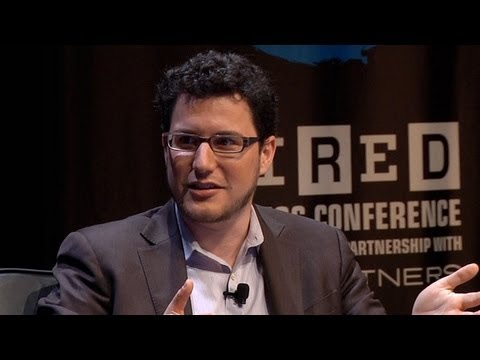Joe Navarro Reveals the Importance of Body Language in Political Debates
Summary
Joe Navarro, a non-verbal communications expert and a former FBI spy catcher with 25 years of experience, examines the importance of body language in political debates. Navarro considers everything from clothing to gestures made during the debate. In this article, he analyzes common non-verbal behaviors displayed by politicians, such as lip biting and facial distress, and how they convey confidence, hesitancy, or discomfort. Navarro also discusses how certain gestures can suggest openness or precision, while others can imply blocking. Non-verbal communication is an essential part of communication and should not be seen as a shorthand or ancillary to verbal communication.
Table of Contents:
- The importance of non-verbal communication in political debates
- The role of clothing and colors in body language
- Gestures and communication
- President Trump and Joe Biden’s signature gestures
- The impact of non-verbal communication
Introduction:
As the 2020 US presidential election approaches, debates will take center stage. But, what are the cues we can take from candidates’ body language beyond the words they speak? In this Q&A, Joe Navarro, a leading expert on non-verbal communication, examines the importance of body language in political debates.
Q&A:
1. Why is non-verbal communication important in political debates?
Non-verbal communication can convey much more than the words we use when we communicate. Non-verbal communication is processed by the limbic system, which also processes emotions and memories. This makes non-verbal behaviors more memorable and more meaningful in conveying a message. What one wears, how one moves, what facial expressions we make or subtle gestures can all impact how we are perceived.
2. How does clothing and colors influence body language?
Clothing and colors can convey status, power, emotions, and values. Clothing can non-verbally communicate a person’s personality, occupation, beliefs, and social status. For example, blue is popular in political debates as it references the American flag. Lapel pins displaying the flag are ubiquitous. Clothing is also used to avoid highlighting height differences between candidates.
3. How do gestures relate to communication?
Gestures are limbic-based behavior and convey energy and recall. Restricted hand gestures lead to less recall, less communication, and less energy. Political candidates rehearse their hand gestures to varying degrees of success. Some refuse training, while others are well-coached.
4. What signature gestures are commonly displayed by President Trump and Joe Biden?
Joe Biden is known for touching his nose, mouth or lips, which can imply discomfort or uncertainty. President Trump is known for his distinctive hand-gestures, including pointing with both hands, showing an open palm, and making a fist. These gestures relate to his branding and portrayal of strength.
5. Can non-verbal behaviors affect how a message is received?
Yes. Non-verbal communication affects how a message is received. How something is said can convey a different meaning than what is spoken. For example, in 1988, Governor Dukakis appeared on a military tank wearing a tanker’s helmet, which diminished his posture and made him look small compared to the tank. This non-verbal behavior contributed to how people perceived him and impacted his campaign.
Conclusion:
In political debates, non-verbal communication is an essential aspect of communication. Clothing choices, colors, gestures, and facial expressions all convey messages that supplement the words spoken. Non-verbal behaviors affect how a message is received and recalled, influencing perceptions of honesty, openness, and precision. As Joe Navarro suggests, paying attention to these cues can lead to a deeper understanding of what is being communicated in a political debate beyond the spoken words.






